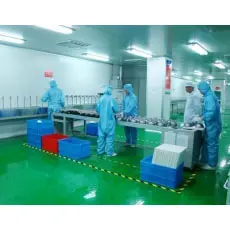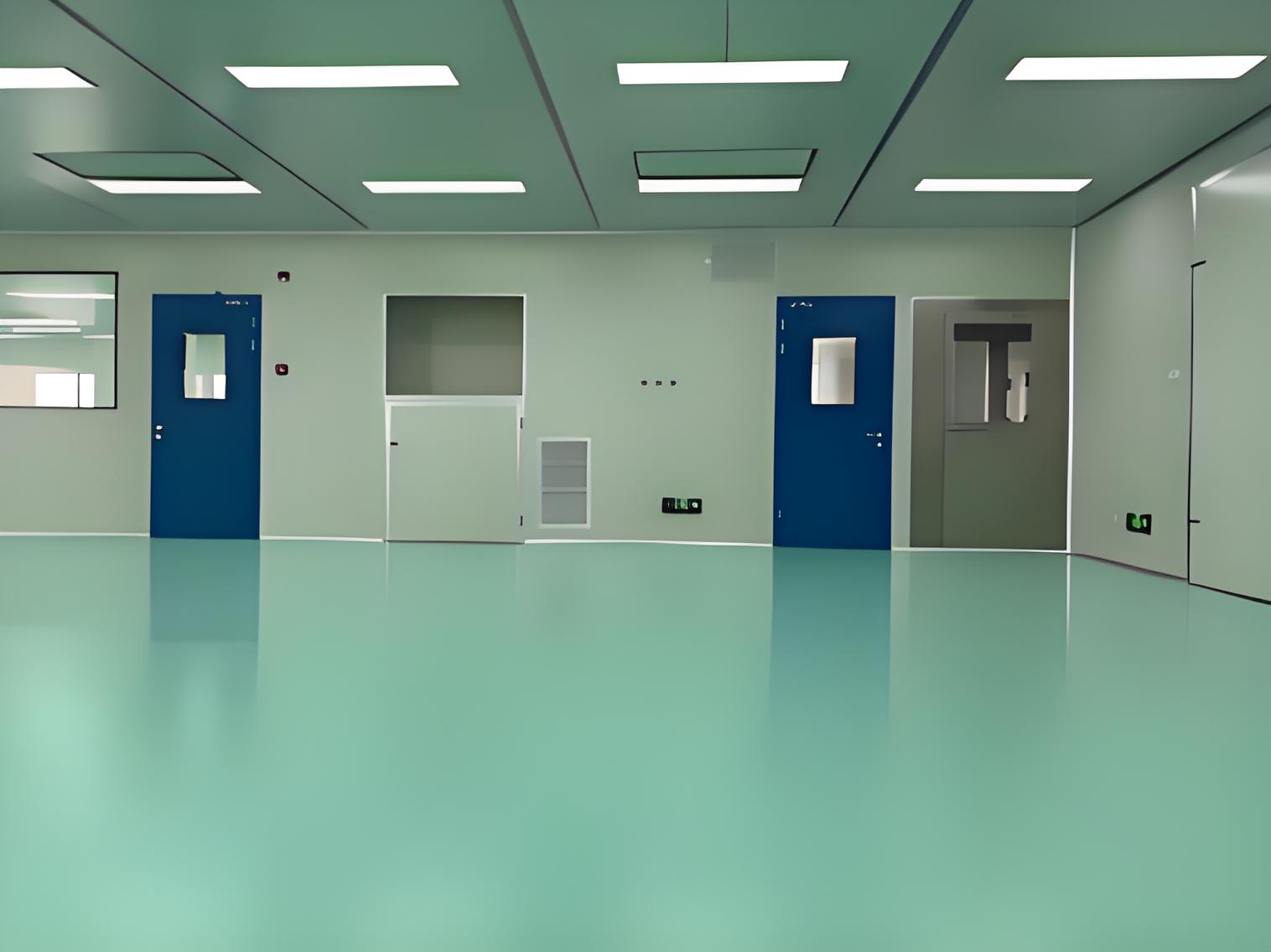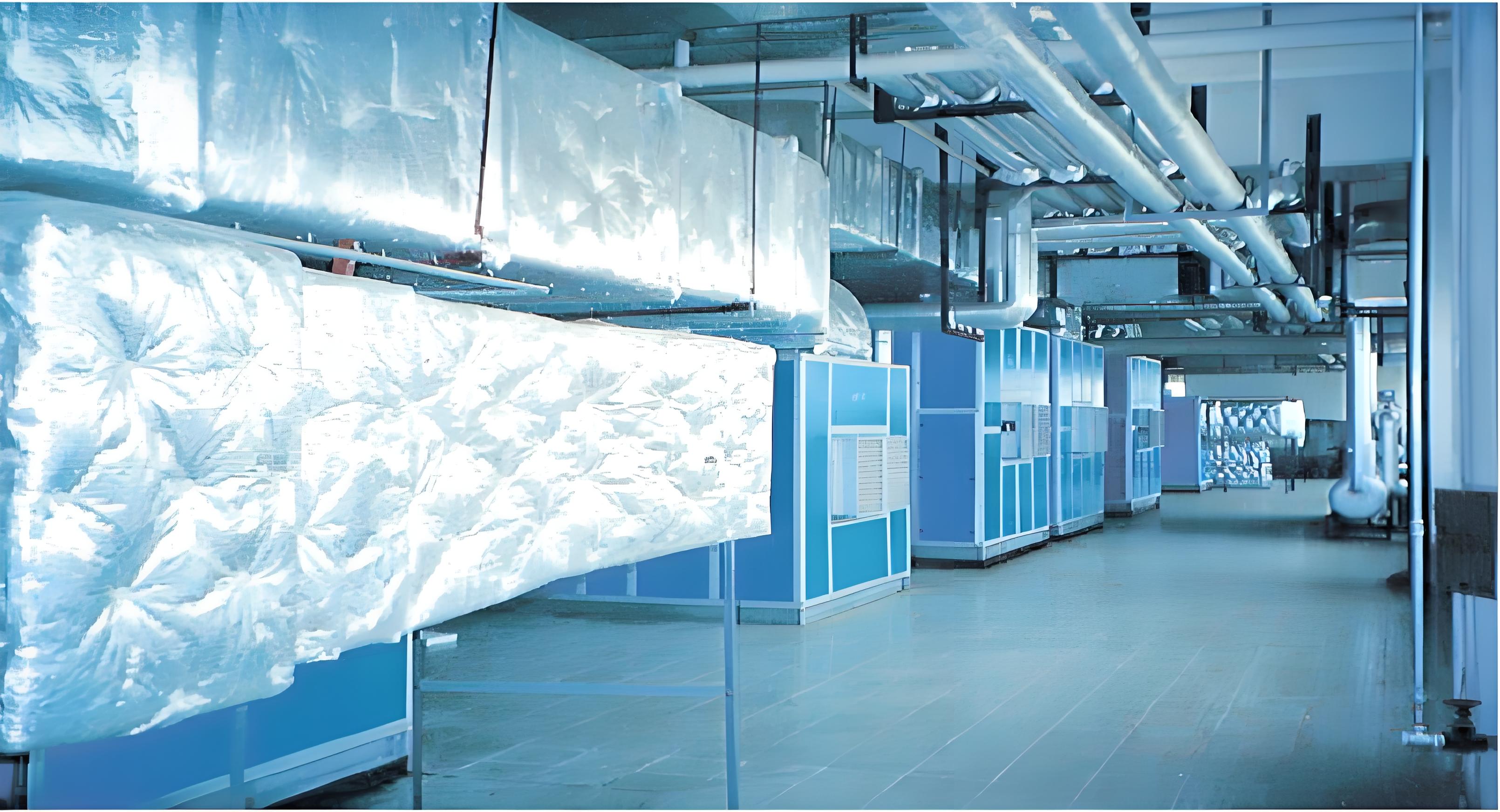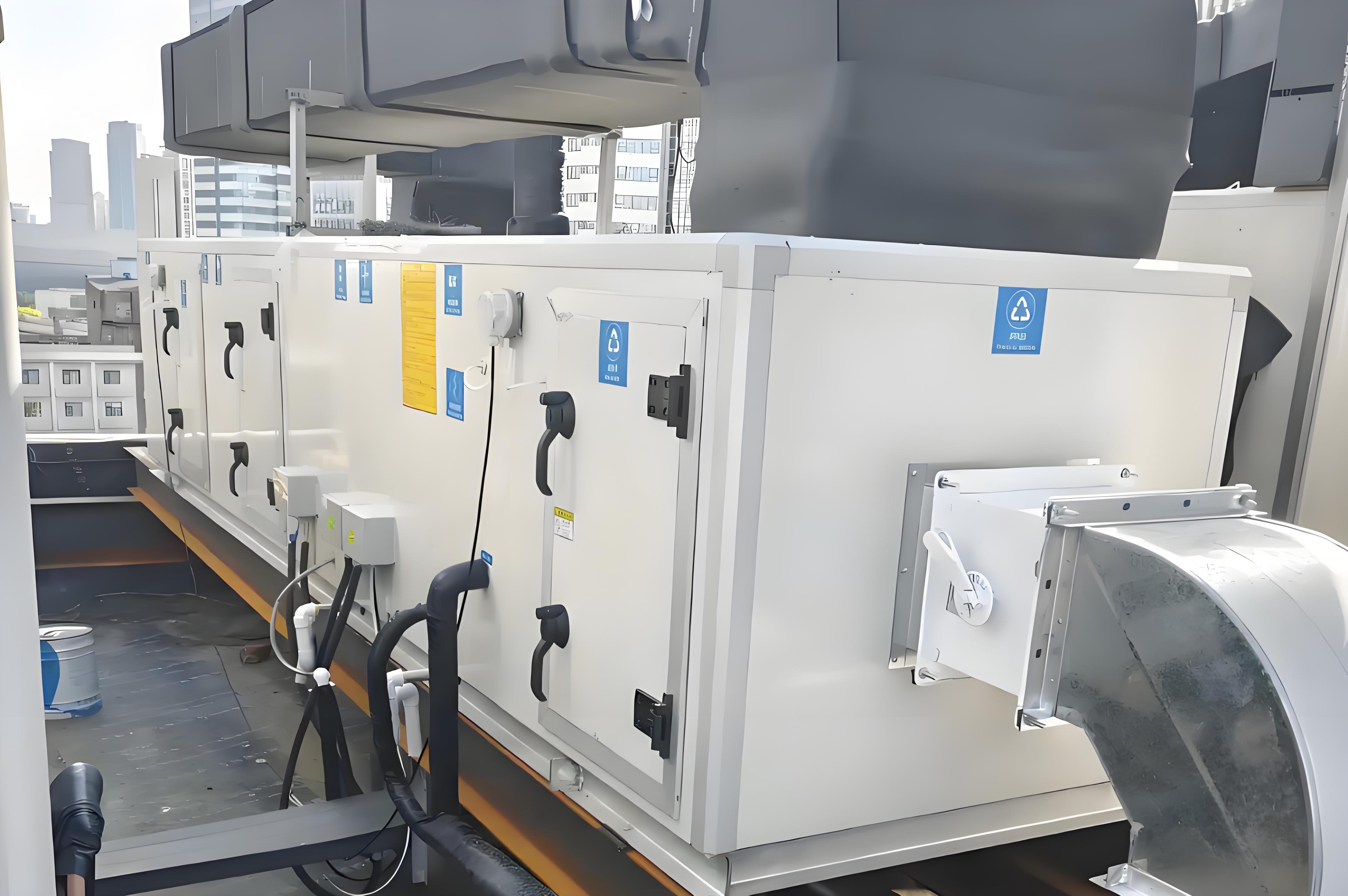
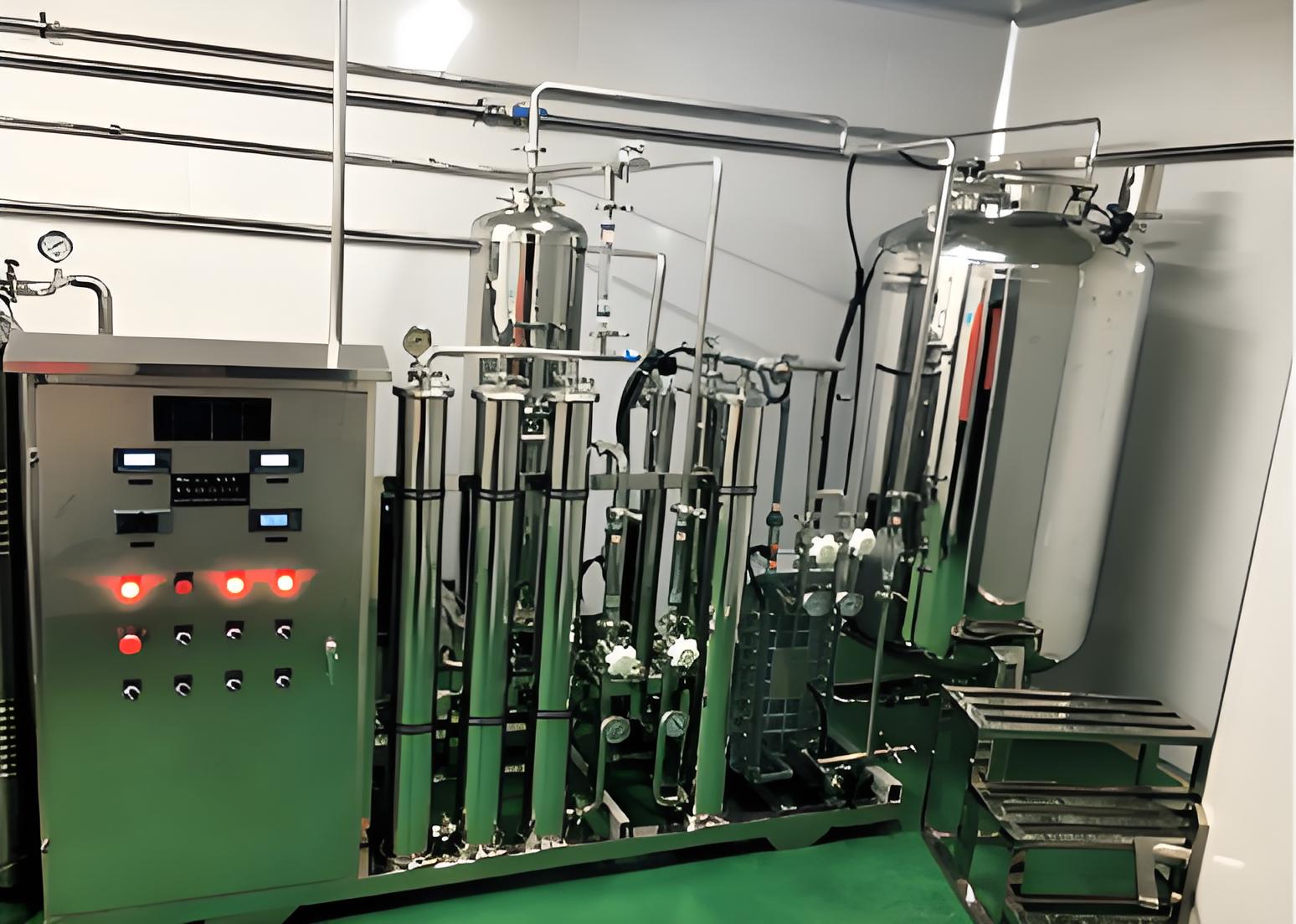
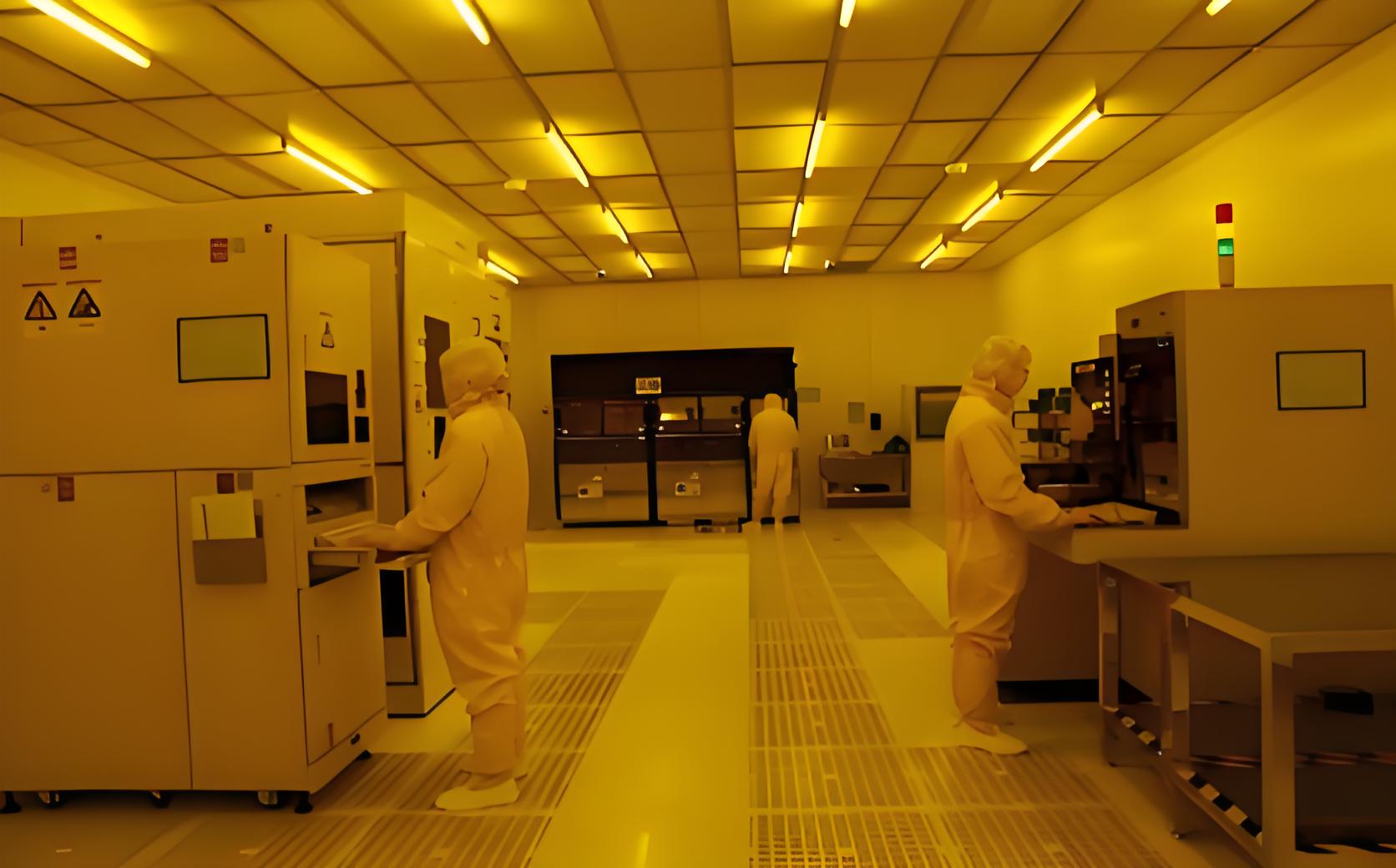

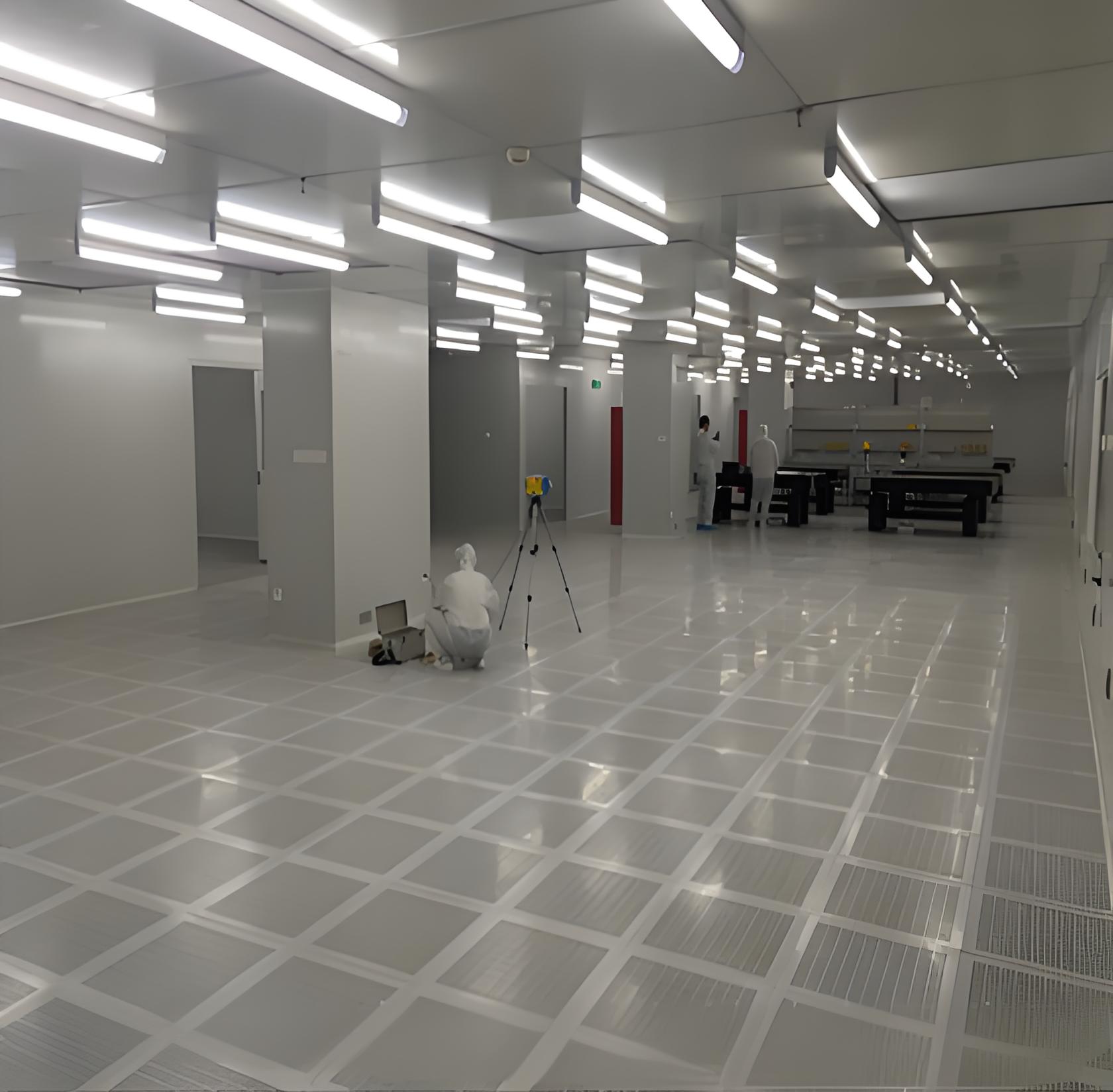
Components of the gas pipeline system in clean rooms and key considerations for designing the exhaust system in clean room construction
Oxygen-acetylene flames should not be used to cut pipes. Mechanical pipe cutters (for pipes with diameters of 10 mm or smaller) or electric saws for stainless steel (for pipes larger than 10 mm in diameter) or plasma cutting methods are recommended. The cut surface must be smooth and even. The deviation of the cut end should not exceed 0.05 times the outer diameter of the pipe and must not exceed 1 mm. Pure argon gas (99.999% purity) should be used to blow away debris and remove oil residues from the cut area inside the pipe.
Continuous Purging Method
In theory, impurities in the system are uniformly distributed, and the concentration of impurities in the exhaust gas during purging is considered the system's impurity concentration. However, in reality, when clean purge gas flows through the system, turbulence causes impurities to redistribute. Additionally, "dead zones" exist in the system where gas is not easily disturbed by the purge flow. Impurities in these zones can only slowly diffuse due to concentration gradients before being carried out of the system. Thus, purging time tends to be lengthy. Continuous purging is highly effective for non-condensable gases like oxygen and nitrogen in the system. However, for moisture vapor or certain gases like hydrogen released from copper materials, its effectiveness is relatively poor. Therefore, purging time must be extended, typically 8–20 times longer for copper pipes compared to stainless steel pipes.
Importance of Ventilation System Design in Cleanrooms
During cleanroom construction, the ventilation (exhaust) system is an extremely critical component that cannot be overlooked. During the design phase, special attention must be paid to this aspect to achieve better overall design results. Kevote Company reminds: The design of the ventilation system in cleanrooms must be given priority.
1. General Ventilation System Design: When designing a general ventilation system, it is essential to ensure that the system does not cross between two different clean air conditioning systems. This is crucial for normal operation and to achieve a more rational overall design with better efficiency.
2. Local Ventilation System Design: For local ventilation systems, measures should be taken to prevent air recirculation. Filters or one-way valves should be installed in intermediate sections. Additionally, noise reduction measures should be applied where necessary, with silencers preferably installed on the suction side of fans for better effectiveness.
3. Exhaust Treatment: During cleanroom design, proper handling of hazardous exhaust emissions is critical to ensure compliance with national discharge standards. This is another aspect that cannot be ignored.
